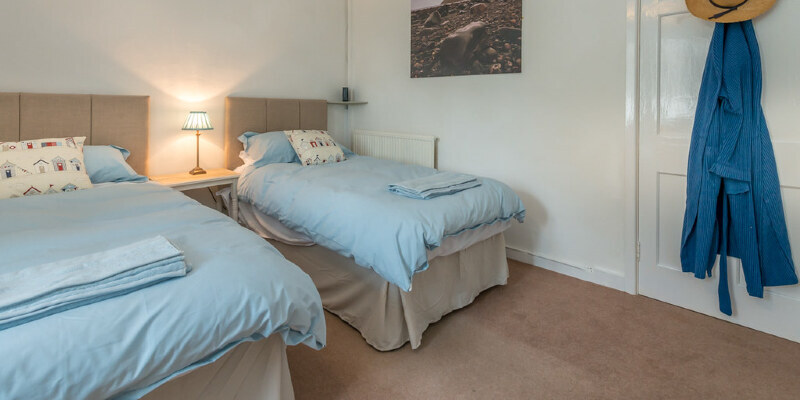Transforming existing cabinets goes a very long way in updating the look of your kitchen. Minor details, such as handles, hinges, and stenciled or carved designs help define the style of your cabinets. Sometimes these stylistic aspects do not fit with your design goals for your kitchen. When refinishing your cabinets, help change the style by removing, replacing or altering the particulars. Eliminate carved patterns in the wood with wood filler.
Remove the cabinet components with carved patterns. Set them on a secure surface at a ventilated work place. Unscrew and remove any hardware.
Strip the end from the faces of those cabinet components that have carvings. Apply stripper into the wood using a paintbrush. Give the stripper time to dissolve the end then scrape it away. Employ a toothbrush to help scrub away finish from the detailed regions of the ditch patterns. Use a rotary tool and a wire brush or a nylon brush for the most intricate areas.
Scrub any remaining bits of finish away with steel wool and treat the wood with stripper, if needed. Neutralize the stripper and clean out the wood by wiping it down with denatured alcohol. Leave the cabinet components to dry.
Sand away or otherwise remove any raised parts of the carved patterns that are level or near-level together with the surrounding surfaces of the wood. Brush away any loose debris.
Fill out the carved patterns together with wood filler. Spread the filler over the carved patterns using a putty knife, pushing it into all of cavities. Smooth the filler despite the surrounding surfaces as much as possible. Leave the filler to dry.
Sand down the dried filler. Wipe away the sanding dust and apply a second layer of filler, if needed. Sand down the second layer of wood filler. Finish-sand the filled areas using a finer grit.
Paint or refinish the cabinets as desired.
